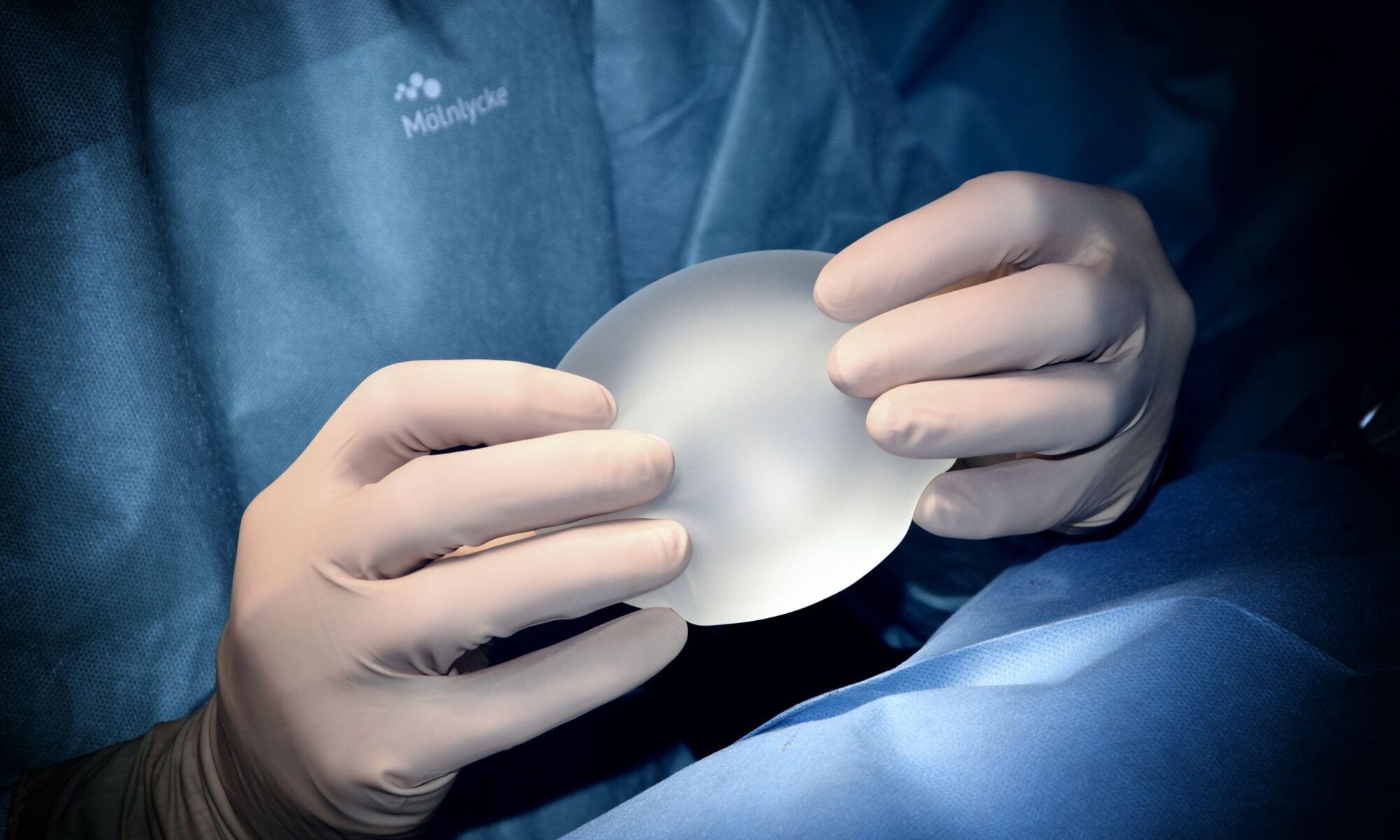Introduction:
The decision to undergo fat transfer breast augmentation represents a significant step in an individual’s aesthetic journey, often motivated by the desire to enhance one’s self-image and confidence. The process of fat transfer, also known as autologous fat grafting, involves the use of a patient’s own fat to increase the volume of the breasts, offering a more natural alternative to implants. This article delves into the transformative before and after stages of fat transfer breast augmentation, providing insights into what patients can expect from the procedure and its outcomes.
Understanding the Procedure
Fat transfer breast augmentation is a surgical technique that has gained popularity over recent years due to its dual benefits of liposuction and breast enhancement. The process begins with the harvesting of fat from one part of the body, such as the abdomen, hips, or thighs, through liposuction. This fat is then purified and prepared for injection into the breast tissue, where it provides a modest increase in volume and a natural-looking result.
The procedure is less invasive than traditional breast implants, with many patients valuing the avoidance of foreign materials in their body and appreciating the sculpting effects on the donor site. Additionally, the recovery time tends to be shorter, and the risk of complications such as capsular contracture (hardening of tissue around an implant) is reduced.
Anticipating the Results
It’s important for patients to have realistic expectations when considering fat transfer breast augmentation. Unlike implants, which can offer a dramatic change in size, fat grafting typically results in a more subtle augmentation. Patients can expect to see an increase of about one cup size, on average. Moreover, since the body may reabsorb some of the transferred fat over time, multiple procedures may be necessary to achieve the desired volume.
The success of the procedure depends on several factors, including the technique used by the surgeon, the patient’s health and lifestyle, and the body’s response to the fat graft. To ensure the best possible outcome, it is crucial to choose a board-certified plastic surgeon with experience and expertise in fat transfer procedures.
Before the Procedure
Preparation for fat transfer breast augmentation involves several steps to ensure the safety and effectiveness of the surgery. During the initial consultations, the surgeon will evaluate the patient’s health, discuss aesthetic goals, and explain the procedure in detail. This is the time for patients to ask questions and voice any concerns.
Patients may be asked to undergo lab tests and adjust their medication regimens. They will also receive specific instructions on how to prepare for surgery, such as dietary restrictions and guidelines for the day of the procedure. Following these instructions closely is essential for reducing the risk of complications.
The Transformation
“Fix this grammar: before and after pictures of fat transfer breast augmentation,” often highlight the dramatic transformation that can occur with this procedure. These galleries showcase a range of patient outcomes, providing a visual narrative of the changes in breast size and shape.
Before and after photos also serve as a testament to the surgeon’s skill and the artistry involved in body contouring. As a patient, looking at these pictures can help set realistic expectations and provide a clearer vision of potential results. It’s important to remember that each patient’s journey is unique, and outcomes will vary depending on individual anatomical and physiological factors.
Post-Procedure Care
After undergoing fat transfer breast augmentation, patients will receive instructions on how to care for the treated areas. This will include guidelines on managing discomfort, which is typically mild to moderate and can be controlled with prescribed medication. Wearing a compression garment on the donor sites helps reduce swelling and supports the healing process.
Patients are advised to avoid strenuous activities and to follow a healthy lifestyle to support the survival of the grafted fat cells. Regular follow-up appointments with the surgeon are necessary to monitor recovery and ensure that the healing process is progressing as expected.
The Final Outcome
As the body heals, the final results of the fat transfer breast augmentation will gradually emerge. Swelling will diminish, and the shape of the breasts will stabilize, revealing the full effect of the augmentation. Patients often report a boost in self-esteem and satisfaction with their enhanced, yet natural, breast contours.
It’s important to note that while fat transfer offers permanent results, the aging process and weight fluctuations can affect breast size and shape over time. Maintaining a stable weight and a healthy lifestyle can help preserve the outcomes of the procedure.
Choosing the Right Surgeon
One of the most critical decisions in the journey to undergoing fat transfer breast augmentation is selecting the right plastic surgeon. Look for a board-certified professional with a proven track record in fat grafting procedures. A good surgeon will not only have the technical expertise but also the artistic eye necessary to achieve harmonious and aesthetically pleasing results.
During consultations, do not hesitate to ask for “fix this grammar: before and after pictures of fat transfer breast augmentation” to assess the surgeon’s work. These photos will offer a glimpse into what you can expect and demonstrate the surgeon’s ability to tailor the procedure to individual needs.
Conclusion:
The transformative power of fat transfer breast augmentation lies not only in the visible before and after changes but also in the profound impact on a patient’s self-perception and quality of life. By understanding the procedure, setting realistic expectations, preparing adequately, and choosing a skilled surgeon, patients can embark on this journey with confidence. The transformation that ensues is not only physical but also emotional, providing a renewed sense of self and satisfaction with one’s appearance.

